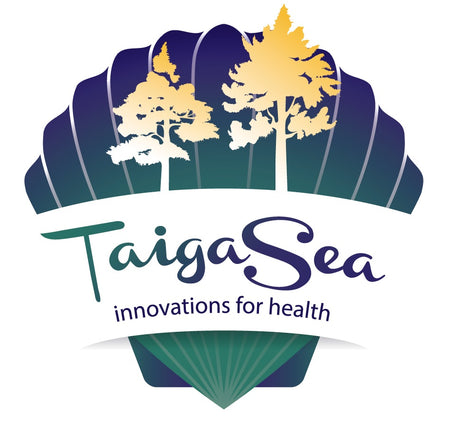Taiga medicinal herbs
Medicinal herbs from Siberian taiga
Taiga is the largest terrestrial biome on earth. It is also named coniferous or boreal forest. Taiga forests extend in a broad band across North America, Europe, and Asia. Generally, the taiga has less diversity of plants in comparison to other biomes. At the same time, plants and herbs of taiga forests possess a lot of health benefit effects, and thus they have been used in traditional medicine for a long time. The most famous and intriguing medicinal herbs grow in the south-east part of these forests, in China, north part of Korean peninsula and eastern part of Russia. That is why in Chinese traditional medicine this plants were in use for many centuries and are commonly prescribed nowadays.
The earliest Chinese medicine books contain the lists of prescriptions recommended for treatment of specific diseases. The most complete example of such book is the manuscript "Recipes for 52 Ailments". It found in the Mawangdui tombs which were sealed very long ago, approximately in 168 BC. The use of Chinese medicinal herbs was very popular during the medieval age in Islamic countries and Western Asia. They were traded through the Silk Road from the East to the West. Even those times, such names as Ginseng or Schisandra were considered mysterious and they were applied for the treatment of patients with severest incurable diseases. But their actual effects were not studied until the mid XX centuries when Soviet Union government, always searching for methods to make human being stronger and more enduring, encouraged Russian scientists to carry out detailed investigation of these medicinal herbs. Then Russian scientist Israel Brekhman and his colleagues have made a great work and confirmed that such medicinal herbs as Panax Ginseng and Eleutherococcus indeed contain unique active compounds exerting specific influence on basic metabolic pathways in human body. They named these compounds adaptogens because they help to adapt to adverse ambient factors. So, these taiga medicinal herbs were named adaptogen herbs. The results of their studies were transferred into the most advanced industries like space exploration, athlete training, army and many others. For example, Russian athletes, when preparing for Olympic 1980 in Moscow, were prescribed the Eleutherococcus extract for better physical activity.
And nowadays, disciples of Israel Brekhman in Research Institutes of Russian Academy of Sciences in Vladivostok (Russia) and in the Far Eastern Federal University are still working on investigation of the taiga medicinal herbs. But today, this is much more sophisticated research with the use of modern analytical and technological equipment making possible to get the best from this herbs, which are now known as adaptogens. This research is still in high demand by Russian top military services and Russian Olympic sport team.
Adaptogen herbs were proved through preclinical and clinical trials to exert such effects as:
- Stimulation of physical and mental activity;
- Enhanced resistance to adverse ambient factors;
- Resistance to nervous overload;
- Enhanced eye and ear sensitivity;
- Stimulation of hematopoietic function;
- Improvement of heart and liver functions;
- Stimulation of immune system;
- Regulation of hormone metabolism.
So, in XXI century taiga still remains a unique source of natural remedies with various health benefits. These herbs can help to preserve health and beauty, protect from infections, improve physical stamina, and reduce mental stress.
Among the whole diversity of medicinal herbs that can be found in taiga forests, the most prominent are such adaptogen herbs as Panax Ginseng, Eleutherococcus senticosus (known as Siberian Ginseng), Aralia Mandshurica, Schizandra Chinensis, and Rhodiola rosea (Golden root).
